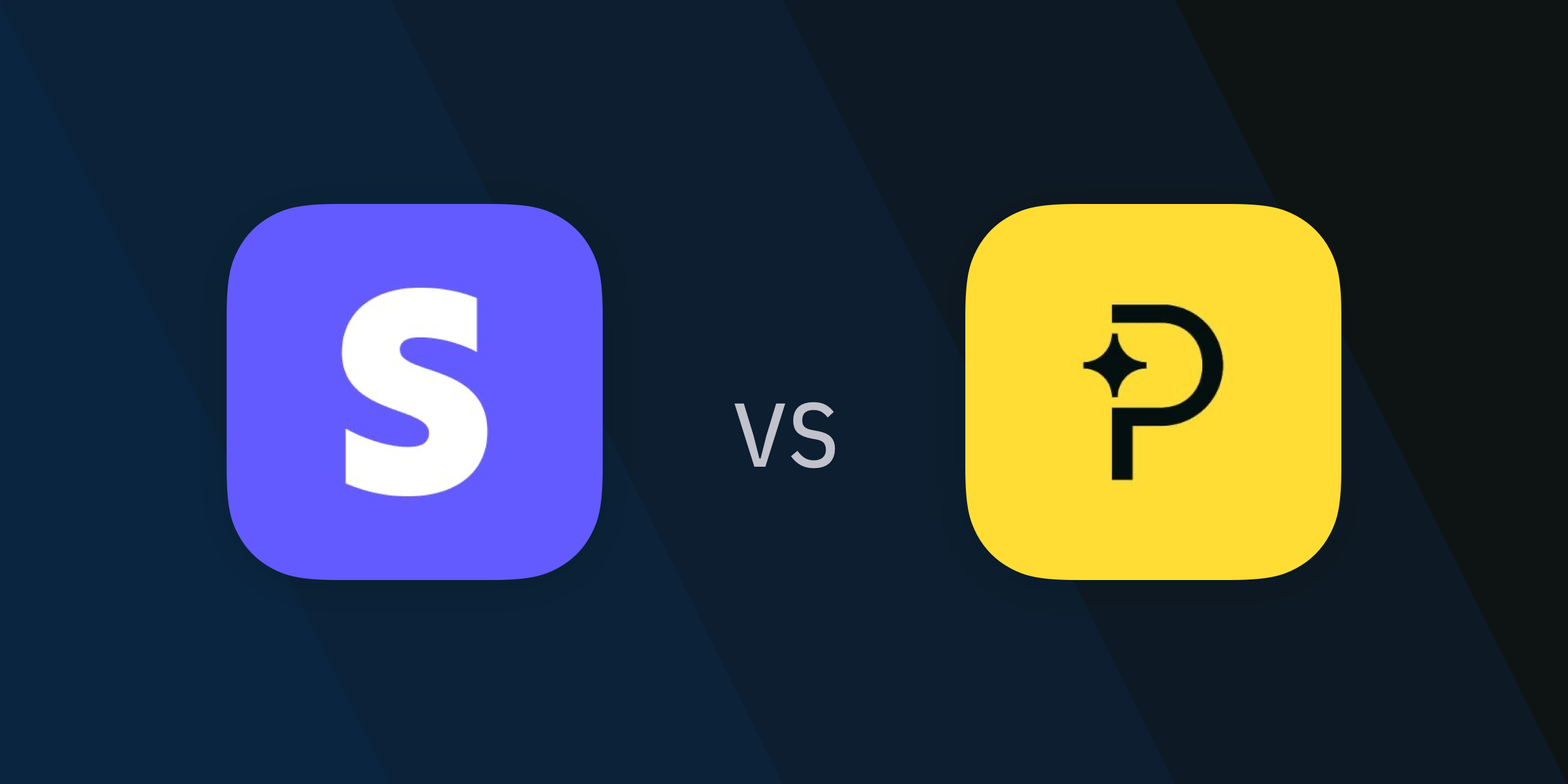Content
When to build vs buy in your App Tech Stack

As app organisations, product owners, marketers, you already know how a well-functioning tech-stack can make or break the trajectory of your growth. The decision of your monetisation tech-stack is critical because it is the foundation of all tools connected to it & has a direct line to business impact. A huge part of that decision is to determine if you will build for a need or buy a solution to solve for it. In this blog we will quickly check what are the best practices in making that decision.
“If you don’t understand the trade-offs of build vs. buy, you’re doomed to make poor decisions." - Adam D’Angelo, CEO of Quora
There are in general three phases Apps go through when we correlate to tech stack maturity:
- Traction (<$100k monthly revenue, <50k users)
- Transition ($100k - 250k monthly revenue, up to 500k users)
- Growth (>500k monthly revenue, >1 million users)
Generally it is around the transition phase when Apps are deciding what tools they will scale with and what budget is needed to do that. This is ultimately when the common question comes up, “do we build for this need, or buy a solution?”
Here is a quick guide to potentially help you internally to sanity check if you should build vs buy. First, stop and say to yourself:
- Just because you have bandwidth doesn’t mean you should build
- Just because you have budget doesn’t mean you should buy
Download The Guide: Mastering the Tech Stack for Subscription Apps
After you do that, run yourself through this exercise to weigh the decision:
- Cost - Plain and simple, do you have the ability to purchase and scale the cost of the product you would buy. Alternatively, do you have the budget to maintain the resources to scale what you build.
- Time to market - Are you competing with the market to release this functionality you want to implement? In B2C it is almost always a race against the clock to release. Subscription infrastructure is a great example of this… sure, you can decide to scale your own solution with store kit and google billing but are you ready for the weeks of time that adds onto your sprint?
- Expertise - Do you actually have the expertise in-house to build an appropriate solution? It is one thing to learn how to implement a type of solution internally, it is another thing to understand that subject fundamentally to the point where you can scale for the edge cases in the future. This is where a lot of organisations fail to be self-aware and say “we are not experts in this, we should plan to scale this, we should purchase a solution we can scale with and focus on our core business.”
- Differentiation - In the world of business, it is those who have a true USP (Unique Selling Point) who win. If a technology is going to truly build a moat around your business, build it… every single time. You won’t regret that. You need absolute control. Paywalls and In-App Purchases are examples of what is not Differentiation.
At the end of the day, the decision isn’t a simple yes or no - it is a weighed decision based on many factors like the ones above. It is ultimately up to you and your team to use those factors to make the best decision.
Read More




